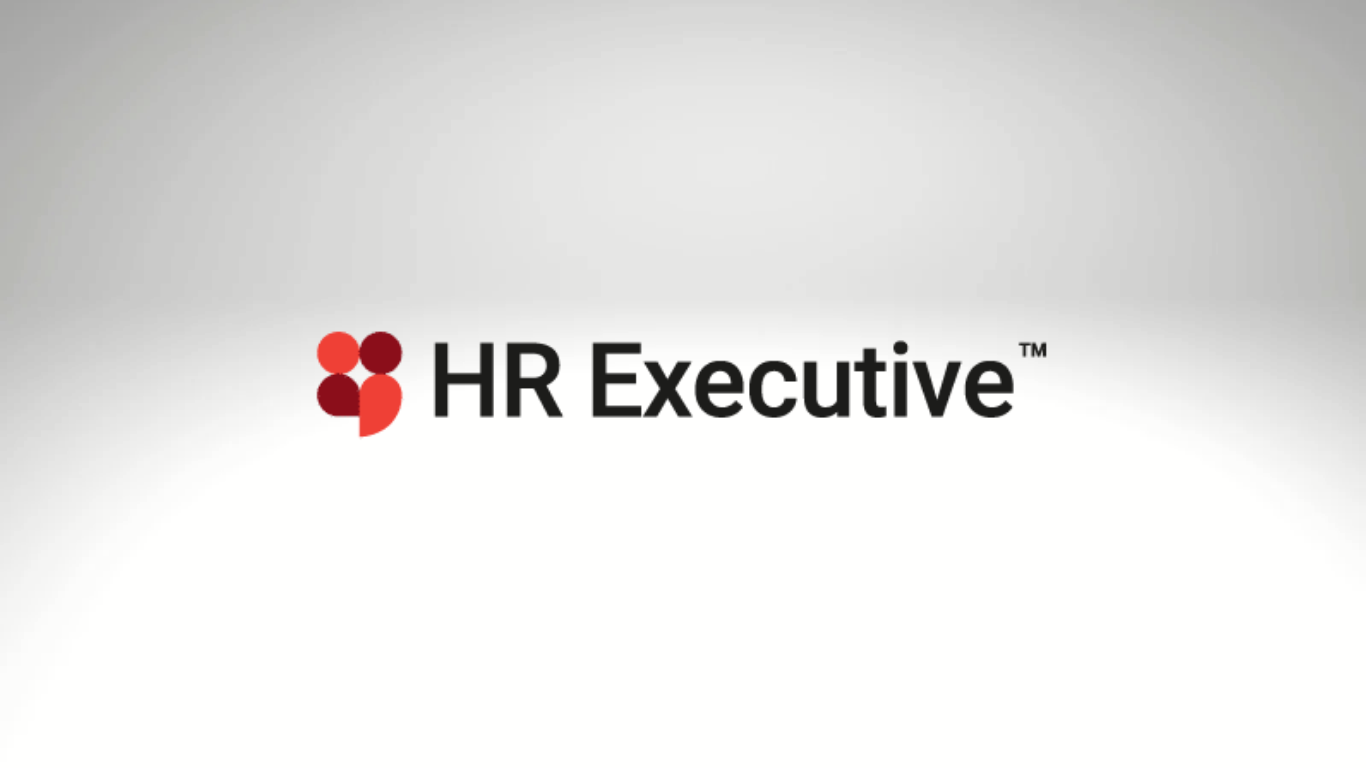Cancer used to be considered a disease of old age, affecting adults over 50 more frequently than those younger than 50. In recent years, it has increasingly become a chronic condition that no longer discriminates based on age. For employers, this shift to younger diagnoses has profound implications for employee wellbeing, benefits strategy, workforce productivity and long-term cost management. As cancer incidence rises among younger populations, particularly women, and as new regulations reshape diagnostic coverage, employers must adapt their approach to prevention, detection, navigation and support.
Between 2010-2019, cancer incidence among individuals aged 30-39 increased significantly. According to the SEER Program, rates of new cancer cases among adolescents and young adults (AYAs, aged 15-39) have shown a steady rise, with notable increases in breast, gastrointestinal (GI), urinary and female reproductive cancers.
Gender-specific trends are also emerging. While male cancer incidence rates have stabilized or declined in recent years, female rates have increased by 0.3% annually from 2003-2021.
This divergence is particularly evident in breast and uterine cancers, which are rising among younger women, specifically those in the 30-39 age group.

Early-onset cancers tend to be more aggressive and harder to treat, making for a more difficult journey for patients, both physically and financially. Younger patients often face more intensive therapies and more extended recovery periods, which can disrupt careers and family life.
The power of early detection and self-exam
Early detection remains the most effective tool in improving outcomes and reducing treatment intensity. When caught early, cancer often requires less invasive interventions, which result in better survival rates. However, even today, about 50% of women are not receiving yearly mammograms. Too many people delay screenings because of fear, cost or simply not knowing their risk.
Organizations like Susan G. Komen have long advocated for self-exams and routine screenings, pointing to their role in empowering individuals and reducing late-stage diagnoses. Regular self-exams and routine screenings are essential tools in the fight against breast cancer and other forms of cancer. These practices help individuals become familiar with their bodies, recognize changes sooner and seek medical care before symptoms progress. For employers, promoting awareness and access to early detection tools is far more than a wellness initiative. It is a strategic imperative. The earlier cancer is found, the more treatment options are available and the better the chances are for survival.
Breast cancer is not something that “happens to other people.” According to recent research done by Komen, one in eight women in the U.S. will be diagnosed with breast cancer in their lifetimes, and recent data shows an alarming rise in the number of new cases in younger age groups.
Yes, we’ve made tremendous progress over the decades—in fact, the breast cancer mortality rate has dropped by 44% since 1989. But one-third of deaths could still be prevented if all people received high-quality care, according to Komen. With every new diagnosis and each life lost, it is clear that there is much more work left to do.
See also: 7 ways employers can help limit fast-rising healthcare costs
Regulatory shifts: What’s changing in 2026?

Starting Jan. 1, 2026, major insurers and federal guidelines will expand coverage for diagnostic testing:
- HRSA’s updated Women’s Preventive Services Guidelines now require coverage for:
- additional imaging (e.g., MRI, ultrasound) to follow up on abnormal mammography screenings.
- pathology evaluations when malignancy is suspected.
- patient navigation services for breast and cervical cancer screenings, including scheduling, education and social support.
- Anthem will cover the first follow-up diagnostic breast imaging test without cost-sharing for fully insured plans.
- UnitedHealthcare (UHC) will cover both the first diagnostic breast imaging and the first diagnostic colonoscopy recommended by a provider at any age for fully insured plans.
These changes reflect a broader shift toward comprehensive, proactive care that employers must be ready to support and promote.
What employers can do
Benefits leaders are uniquely positioned to drive change and support their employees. Here’s how:
- Audit your benefits plan
Ensure your coverage aligns with 2026 requirements. Review your Summary Plan Description and consult with carriers to confirm compliance. If your plan is self-insured, review your SPD to confirm what is covered as preventive. If needed, consider aligning your plan with the updated guidelines. - Promote preventive screenings
Use internal campaigns to encourage employees to take advantage of covered services. Consider partnerships with advocacy groups like Komen for educational materials. - Support navigation services
Offer or integrate patient navigation programs to help employees manage appointments, follow-ups and emotional support. - Address equity gaps
Use data to identify disparities in screening and outcomes across demographics. Tailor outreach and benefits to close these gaps. - Prepare for cost shifts
While expanded coverage may increase short-term claims, early detection can reduce long-term treatment costs and improve productivity.
As cancer diagnoses increasingly affect younger populations and regulatory changes reshape coverage, executives should take proactive steps to align their benefits strategies with this evolving healthcare landscape—because early action today can save lives tomorrow.






















